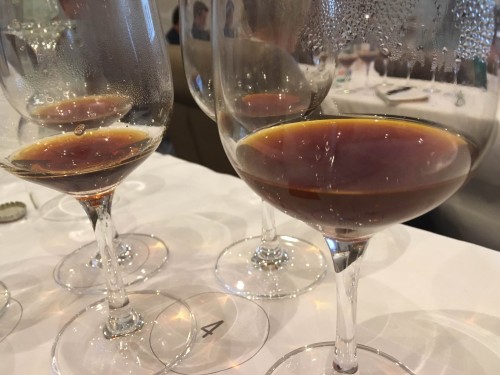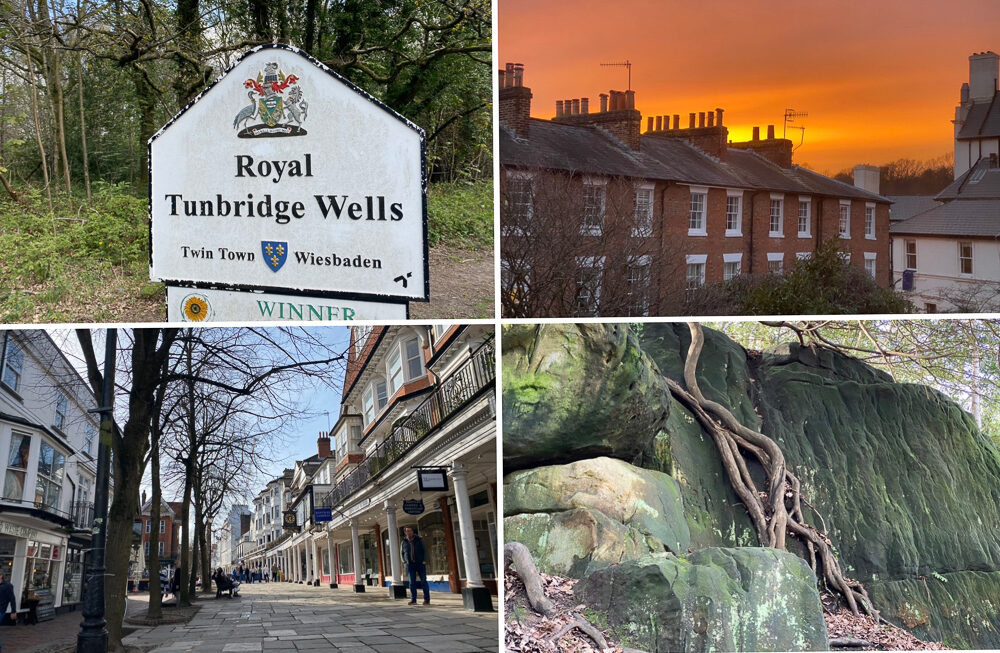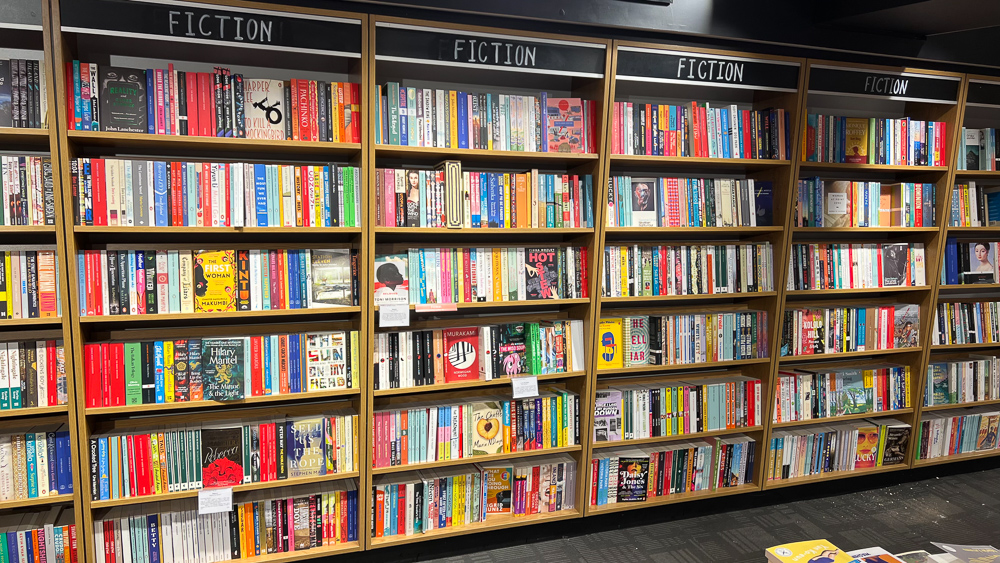
Coffee is interesting and I don’t know all that much about it. So it was really interesting to attend a seminar on the history of coffee at Texsom, presented by Ian Picco.
The Arabica coffee shrub, an evergreen, originates from the western islands of Ethiopia, and the first written account of coffee drinking dates back to the 9th century BC, although it’s likely that it was drunk for quite a while before this. A lot of the old ways of preparing and consuming coffee are still present.
The first use of coffee was medicinal, and it was used for the stimulant effect. People picked the cherries from the trees, mashed them up with ghee and made an old school energy bar. Different tribes had, and still have different preparation methods. One method was stewing unripe cherries over a number of days in butter. At this stage it was common to dry the coffee and steep it, producing a tea. Roasting and brewing didn’t come until much later.
The next step in the journey is Yemen in the 14th century. There are written accounts of the Sufi monks cultivating coffee for medicinal and spiritual use. The caffeine would probably help them stay awake through long hours of prayer. Their preparation method was to take cherries, dry them, then steep them in boiling water. This is still done today: an infusion of skin, leaves and seeds.
As trade routes were established through the next century people became familiarized with this beverage. Where Islam spread, so did coffee. It became the preferred drug of choice through the Arab world, which was against the consumption of alcohol.
Constantinople, 15th Century AD. Coffee shows up and the Turks are quick to make this beverage their own. Istanbul is the crossroads of the world at this time. The Turks’ word for this brewed beverage is Kahve. There are a few ways it is prepared here: there’s a tea infusion, then there is the brewing of roasted beans, and probably also some fermenting, turning it into alcoholic drink.
In 1615 coffee shows up in Venice. The Vatican were initially against it, and described it as the black bitter liquor of satan. But Pope Clement VIII was open to it. He ended up liking it so much he was quoted as saying it would be a pity to let the infidels to have exclusive consumption of this divine beverage. Why don’t we cheat satan and bless it ourselves? This opened the doors of the western world to coffee.
The next stage was that the Dutch were building up the East India company. Up to this point the Arabs had complete control of the trade. In 1616 the Dutch smuggled a plant out and propagated it. In 1690 they realized their long term plan, smuggled plants out and took them to their colonies in Java and planted them there.
By the mid 16th century coffee became popular in London with what were known as the ‘penny universities’ – for a penny you could get coffee and drink with influencers and thinkers. This was the beginning of the coffee shop.
In the late 16th Century Vienna became an important place for coffee. They were the first to filter the beverage. This improved the cleanliness and the body. They were also the first to add cream and sugar.
In 1717 the Dutch gave a plant to Louis XIV. The French then propogated it and planted it in Martinique.
In Brazil in 1720, Franciscode Meio Palheita was the first to plant coffee. This became a big thing. By 2007 Brazil accounted for 97% of the world’s coffee production (they reached 40% by middle of the 18th century, with the help of slave labour). They were pioneers in mechanical agriculture.
The first wave of coffee was helped by brazil’s ability to supply people on a global scale. The dawn of the industrial age and Brazil’s initiative helped commoditize coffee in the early 20th century.
So what about coffee in the USA? In 1773, the Boston tea party event solidified the American preference for coffee over tea, and drinking coffee became a patriotic act. The two great wars of the 20th century also had an impact on coffee drinking. The troops needed to be caffeinated, and when they got back to the states they were full-fledged addicts. Then there’s the diner culture. America preferred the lighter style brewed and filtered coffee.
In the 1960s the counter culture movement involved the rejection of everything from the past and the establishment. This included coffee. By the summer of 1969 the youth of America had a lot of other drugs to choose from, and in the 1970s there was a decline in coffee consumption in the USA.
At this time, there was a consolidation in the coffee market, and large roasters started cutting corners, which equated to bad coffee.
Meanwhile, a few people began planting the seeds for speciality coffee. In came the second wave of coffee. It began in the 1960s with Pete’s Coffee and Tea in Berkeley, California. Then Starbucks began in Seattle in the 1970s. These two companies introduced the idea of speciality coffee, and the European culture of coffee: espresso-based, served in coffee shops.
Then marketing became the main driving force with Starbucks opening a store every work day from 1987. They were marketing to the youth, generation X at the time. Once again coffee is a cool think and the coffee shop culture takes off.
The third wave is the turn of the millennium, reacting against bad coffee and Starbucks-style marketing. The big three here were Intelligentsia, Counter Culture and Stumptown, in Portland. The emphasis was on getting really good quality coffee direct from producer, with a focus on sustainability through direct rade. Factors such as transparency, fairness and education became cornerstones of this third wave.
The coffee industry is now starting to grow up, and coffee is now a culinary experience, with highly trained industry professionals. This type of professionalism was the result of industry education, which leads to consumer education. The only way that this can be done is by being inclusive, without pretence. The third wave was a rebellion against Starbucks, and that sometimes led to a pretence that alienates people. Now the industry has so much innovation, and it’s inclusive. There are multiple ways to brew a cup of coffee. The scene is now much more customized and the consumer has a lot of choices.
What does coffee taste like? There is now a coffee flavour wheel. It was developed using sensory panels who tasted all different kinds of coffees and came up with a lexicon of 1000 words, which was then whittled down to 99. UC Davis figured out how to structure it into a wheel.
The factors influencing flavour:
- Cultivar (arabica and robusta; the former is more interesting but harder to grow)
- Altitude (largest impact on quality: more soluble material in high altitude coffee)
- Soil
- Environment
- Processing (has a huge effect)
- Blending
- Roasting
- Brewing
We looked at six coffees, investigating the impact of processing and also the influence of roasting.
To look at the impact of post-harvesting processing, we tried three examples of the same coffee. It was red Bourbon, grown in El Salvador on volcanic soil at 1300 m
Cherry is picked from tree. For quality you pick only ripe fruit: every cherry ripens at individual rates, so you pick the average tree three to five times over a four month harvest period. Most coffees will end up at a station to be washed. This involves removing the skins. The seeds have a layer of mucilage around the parchment that surrounds the see.
For a washed coffee the seed is soaked in water for 12-36 h. Fermentation begins and this releases enzymes to metabolize the pectin. Then the coffee seed is then washed and dried. You want to achieve clean flavours from the seed, not the process. You lose sugars in the mucilage. It will be lighter, cleaner.
Washed: smoky, spicy, roasted notes. Nuts and caramels. Nice lemony acid.
For pulped coffee, the cherries are pulped but the mucilage is left on to dry onto the parchment, which can increase sweetness and body.
Pulped: richer, some sweet floral notes. Earth, spice, toffee and some appley acidity. More fruity.
Then there’s the natural process, also referred to as the dried process. The cherry is dried intact. You get more fruit, with more pronounced and complex acidic structure, with some acetic acid.
Natural: rich, some sweetness, nice acidity and some structure. There’s more fruit here with a hint of marzipan.
Then we looked at the effect of Roasting. In the raw bean there are more than 300 flavour compounds. When coffee is roasted it can create 650 new flavour molecules. This is primarily through Maillard reactions, hydrolysis, browning, caramelization and so on. You can develop flavours with roasting, and overdevelop them too. With low grade coffee dark roast is most common: burn out bad flavours or mould. Medium roast is the middle range: on the shelf, grocery store premium coffee.
We looked at three examples of the same coffee: Kenya, high altitude (>2000 m, black clay-like soil), pea berry coffee (only produce one seed per berry rather than the normal two). SL-28/34 and Riuri 11 varieties.
Light roasting. Third wave roasters like this, because it highlights the unique flavours of the coffee’s terroir.
Light roast: aromatic, roasted nose, lovely appley acidity. Complex and really fruity. Some grapefruit and a bit of structure. High acid.
Medium roast. as you continue to caramelize the sugars, you get more flavours from this process.
Medium roast: smoky, dark chocolate, roasted nose. Nutty and intense with rich flavours and some sweetness, and some astringency.
If you continue to roast you start burning things. In a dark roast, the flavours are more a result of charring. Aromas associated with dry distillation: spicy, resinous and burnt.
Dark roast: bonfire, spice, astringent, less fruity. Savoury and intense with lots of burnt aromatics and a bitter finish.
1 Comment on The history of coffee: a seminar with Ian Picco


Great summary! But it’s “Peet’s”, not “Pete’s” in Berkeley.